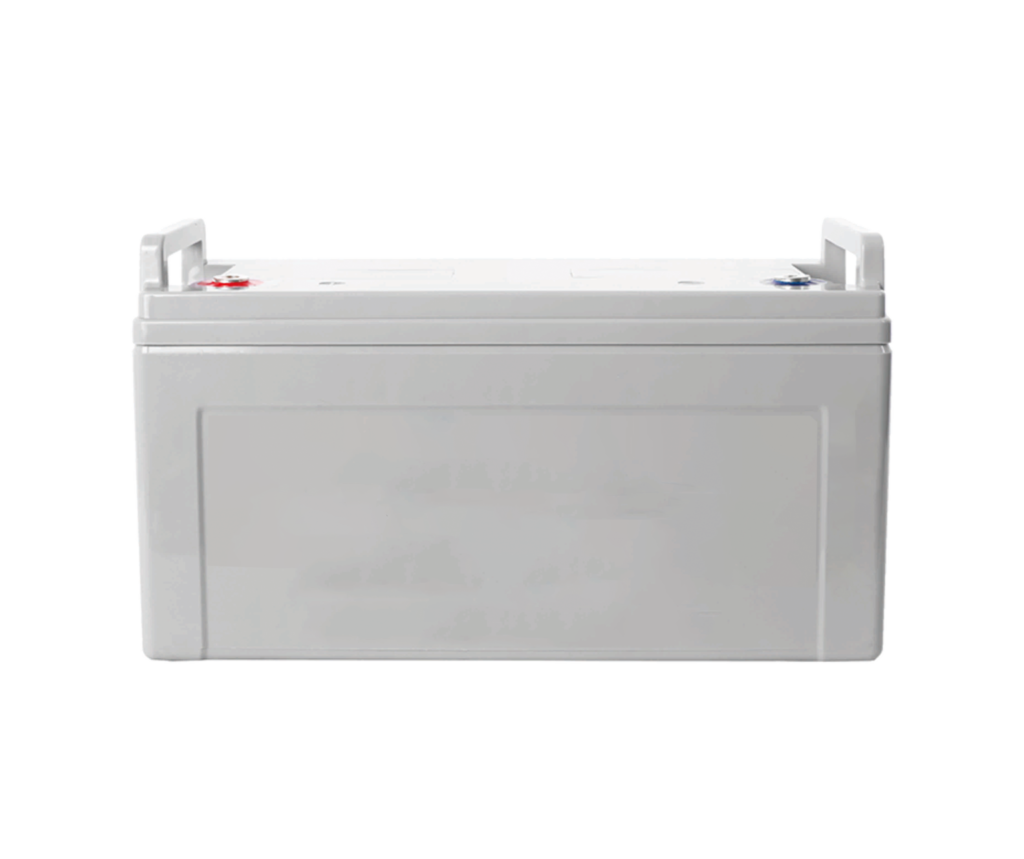Safety is paramount during the assembly of OPzV lead-acid batteries to protect workers and ensure the integrity of the final product. This article outlines key safety standards to follow.
1. Worker Safety
- Protective Gear: All personnel must wear appropriate safety gear, including acid-resistant gloves, goggles, and protective clothing.
- Training: Workers should receive comprehensive training on handling hazardous materials and emergency response procedures.
2. Equipment Standards
- Tool Maintenance: Ensure that all tools and equipment used in the assembly process are in good working condition and regularly inspected.
- Grounding: All electrical equipment must be properly grounded to prevent static buildup, which could ignite gases released during assembly.
3. Handling of Hazardous Materials
- Electrolyte Management: Use automated systems for handling gel electrolytes to minimize human exposure. Spillage must be immediately neutralized with appropriate chemicals.
- Lead Handling: Implement strict procedures for handling lead plates to prevent contamination and exposure.
4. Fire Prevention
- Ventilation: Install effective ventilation systems to prevent the accumulation of hydrogen gas.
- Fire Extinguishers: Place fire extinguishers in accessible locations, and ensure workers know how to use them.
5. Environmental Considerations
- Waste Disposal: Follow local regulations for the disposal of lead and other hazardous materials.
- Recycling: Implement recycling protocols for defective components to reduce environmental impact.
By adhering to these safety standards, manufacturers can ensure a safe working environment and produce high-quality OPzV batteries.


